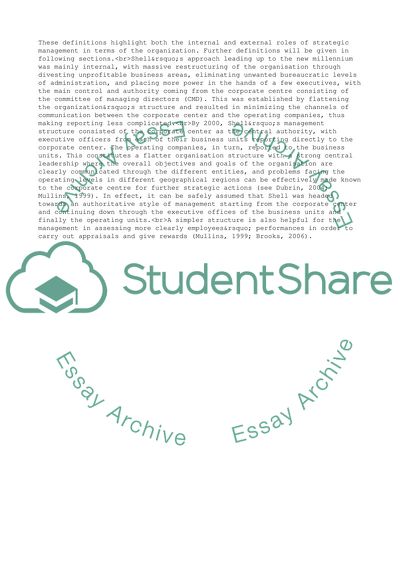Cite this document
(“Royal Dutch Shell Group Strategic Management Essay”, n.d.)
Retrieved from https://studentshare.org/management/1561339-case-study-for-organizational-restructuring-within-the-royal-dutch-shell-group
Retrieved from https://studentshare.org/management/1561339-case-study-for-organizational-restructuring-within-the-royal-dutch-shell-group
(Royal Dutch Shell Group Strategic Management Essay)
https://studentshare.org/management/1561339-case-study-for-organizational-restructuring-within-the-royal-dutch-shell-group.
https://studentshare.org/management/1561339-case-study-for-organizational-restructuring-within-the-royal-dutch-shell-group.
“Royal Dutch Shell Group Strategic Management Essay”, n.d. https://studentshare.org/management/1561339-case-study-for-organizational-restructuring-within-the-royal-dutch-shell-group.


